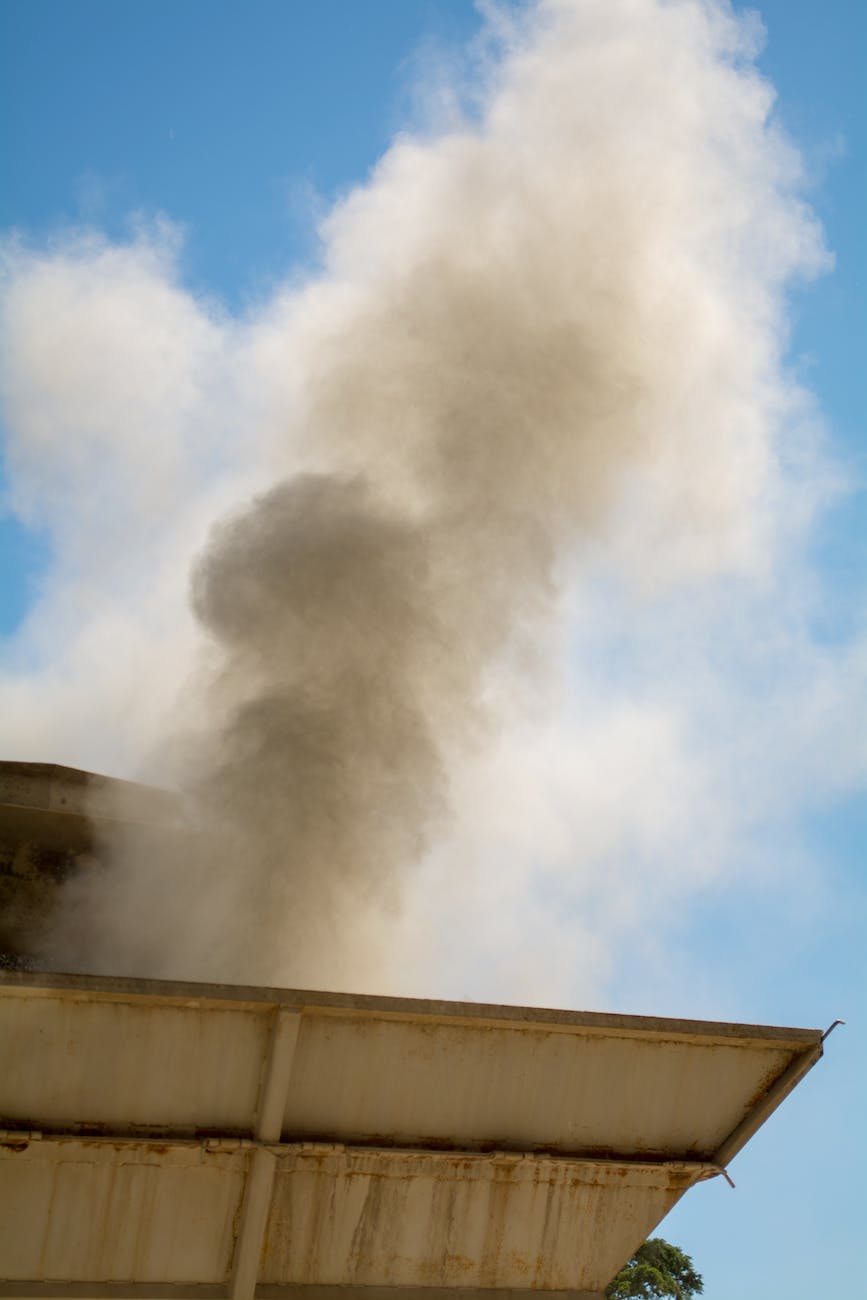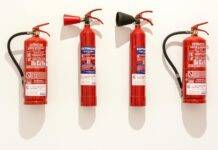
Air Contaminants and Dust Safety Quiz: MCQs Test
Air Contaminants and Dust Safety Quiz : In an ever-evolving industrial landscape, workplace safety remains paramount. Among the many hazards faced by workers, air contaminants and dust present a persistent threat. Ensuring a safe work environment requires knowledge and awareness. So, let’s dive into the world of air contaminants and dust safety through an interactive quiz with multiple-choice questions (MCQs) to test your understanding.
1. Introduction
Workplace safety is a non-negotiable aspect of any industry. Air contaminants and dust, although often invisible, pose significant threats to the health and well-being of workers. This article aims to shed light on the importance of air contaminants and dust safety through a comprehensive quiz.
2. The Significance of Air Contaminants and Dust Safety
Before we dive into the quiz, let’s understand why air contaminants and dust safety matter. Workplace exposure to these hazards can lead to a range of health issues, both short-term and long-term. It’s crucial for employees and employers alike to recognize these risks and take appropriate measures.
3. Common Air Contaminants
3.1 Particulate Matter
Particulate matter consists of tiny particles or droplets in the air, which can be inhaled into the lungs. These particles can come from various sources, including dust, smoke, and fumes.
3.2 Gases and Vapors
Certain workplaces produce gases and vapors that, when inhaled, can be harmful to health. Identifying and controlling these gases are essential for safety.
4. Health Effects of Exposure
4.1 Short-Term Effects
Exposure to air contaminants can lead to immediate health issues such as irritation, coughing, and breathing difficulties.
4.2 Long-Term Effects
Long-term exposure can result in chronic conditions like lung diseases, cancer, and cardiovascular problems.
5. Legal Regulations
To protect workers, governments have established regulations governing air quality and safety in workplaces. Understanding and complying with these laws is essential for every employer.
6. Identifying and Measuring Contaminants
Knowing how to identify and measure air contaminants is a crucial skill for maintaining a safe workplace.
7. Dust Control Measures
Implementing effective dust control measures is key to minimizing exposure and health risks.
8. Personal Protective Equipment (PPE)
PPE, such as masks and respirators, plays a vital role in safeguarding workers from air contaminants and dust.
9. Quiz Section
Now, let’s put your knowledge to the test with some multiple-choice questions.
9.1 Multiple Choice Questions (MCQs)
What is the primary purpose of air contaminants and dust safety measures in the workplace?
a) To enhance workplace aesthetics
b) To reduce energy consumption
c) To protect the health of workers
d) To increase workplace productivity
Answer: c) To protect the health of workers
Which of the following is NOT a common particulate matter found in industrial settings?
a) Sawdust
b) Pollen
c) Welding fumes
d) Sand particles
Answer: b) Pollen
What type of health effects can short-term exposure to air contaminants and dust cause?
a) Chronic respiratory diseases
b) Skin rashes
c) Immediate irritation and breathing difficulties
d) Vision problems
Answer: c) Immediate irritation and breathing difficulties
Which government agency often oversees workplace air quality and safety regulations?
a) Federal Aviation Administration (FAA)
b) Environmental Protection Agency (EPA)
c) Department of Transportation (DOT)
d) Federal Trade Commission (FTC)
Answer: b) Environmental Protection Agency (EPA)
Which personal protective equipment (PPE) is most effective in protecting against airborne gases and vapors?
a) Safety goggles
b) Earplugs
c) Respirator mask
d) Reflective vest
Answer: c) Respirator mask
What are some common long-term health risks associated with prolonged exposure to air contaminants?
a) Vision impairment
b) Cardiovascular problems
c) Increased height
d) Stronger immune system
Answer: b) Cardiovascular problems
What is the purpose of dust control measures in the workplace?
a) To eliminate all dust particles
b) To minimize exposure and health risks
c) To enhance workplace aesthetics
d) To increase workplace noise
Answer: b) To minimize exposure and health ris
Which type of contaminants can lead to chronic health conditions if workers are consistently exposed?
a) Particulate matter
b) Gases and vapors
c) Both a and b
d) Neither a nor b
Answer: c) Both a and b
What is the significance of identifying and measuring air contaminants in the workplace?
a) It helps workers win awards.
b) It allows for better control and mitigation.
c) It improves workplace lighting.
d) It increases workplace temperature.
Answer: b) It allows for better control and mitigation.
Which legal regulations govern air quality and safety in most workplaces?
a) Rules for board games
b) Federal aviation laws
c) Local restaurant regulations
d) Government-issued workplace safety standards
Answer: d) Government-issued workplace safety standards
Which type of air contaminants can lead to immediate symptoms like eye irritation and nausea?
a) Particulate matter
b) Gases and vapors
c) Both a and b
d) Neither a nor b
Answer: b) Gases and vapors
What should workers do before starting a task that involves potential exposure to air contaminants?
a) Conduct a thorough risk assessment
b) Skip safety checks for efficiency
c) Ignore safety regulations
d) Rush through the task
Answer: a) Conduct a thorough risk assessment
What is the primary role of personal protective equipment (PPE) in ensuring safety from air contaminants?
a) To enhance appearance
b) To improve communication
c) To reduce the risk of exposure
d) To boost productivity
Answer: c) To reduce the risk of exposure
Which of the following is NOT a common source of indoor air contaminants?
a) Smoking
b) Paint fumes
c) Clean air filters
d) Cleaning products
Answer: c) Clean air filters
How can workers protect themselves from air contaminants and dust effectively?
a) By wearing fashionable clothing
b) By following safety protocols and using PPE
c) By working longer hours
d) By ignoring safety guidelines
Answer: b) By following safety protocols and using PPE
10. How to Use the Quiz
Before starting the quiz, ensure you are in a distraction-free environment. Read each question carefully and choose the most appropriate answer. Keep track of your answers to calculate your score later.
11. Scoring and Interpretation
Once you’ve completed the quiz, we’ll provide you with a score and an interpretation of your results. This will help you gauge your knowledge of air contaminants and dust safety.
12. Conclusion
In conclusion, workplace safety is a shared responsibility, and knowledge is the first step towards a safer environment. By understanding the risks associated with air contaminants and dust, we empower ourselves to protect our health and well-being.
13. FAQs
13.1 What are the most common air contaminants in industrial settings?
Industrial settings often encounter particulate matter, gases, and vapors as common air contaminants.
13.2 How can workers protect themselves from air contaminants and dust?
Workers can protect themselves by using proper personal protective equipment, following safety protocols, and staying informed about workplace hazards.
13.3 Are there any long-term health risks associated with exposure to air contaminants?
Yes, long-term exposure to air contaminants can lead to chronic health conditions, including respiratory diseases and cancer.
13.4 What legal regulations govern air quality and safety in workplaces?
Regulations vary by region, but government agencies typically oversee workplace air quality and safety standards.
13.5 Can personal protective equipment effectively mitigate the risks of air contaminants?
Yes, when used correctly, personal protective equipment can significantly reduce the risks of exposure to air contaminants and dust.
























